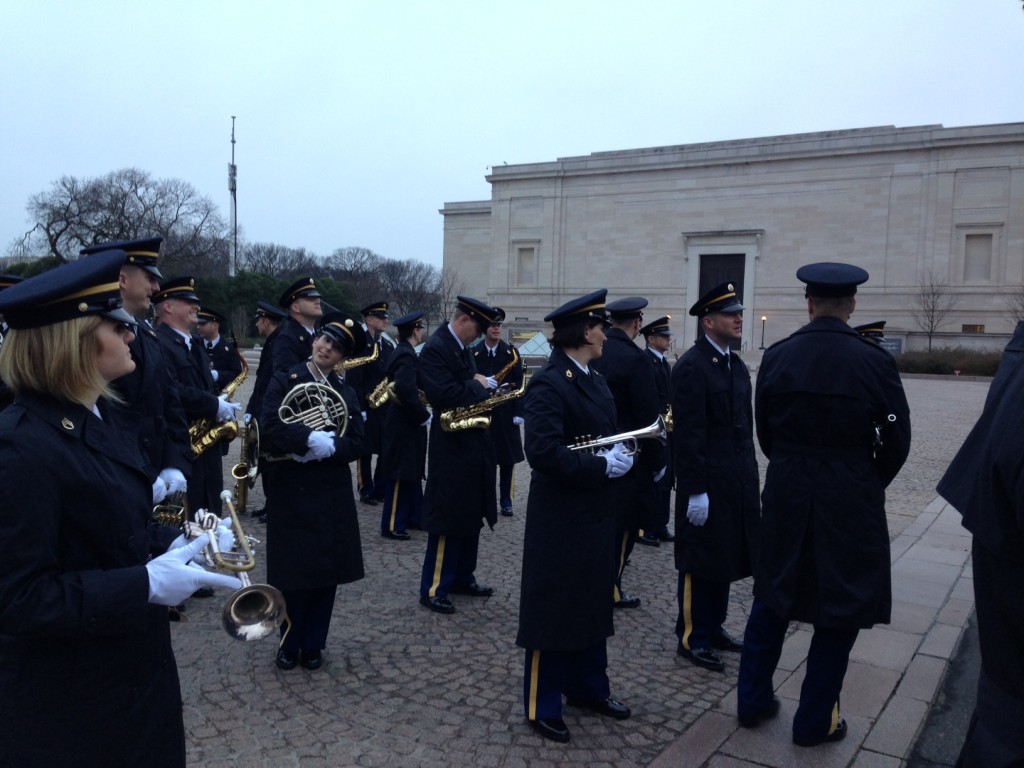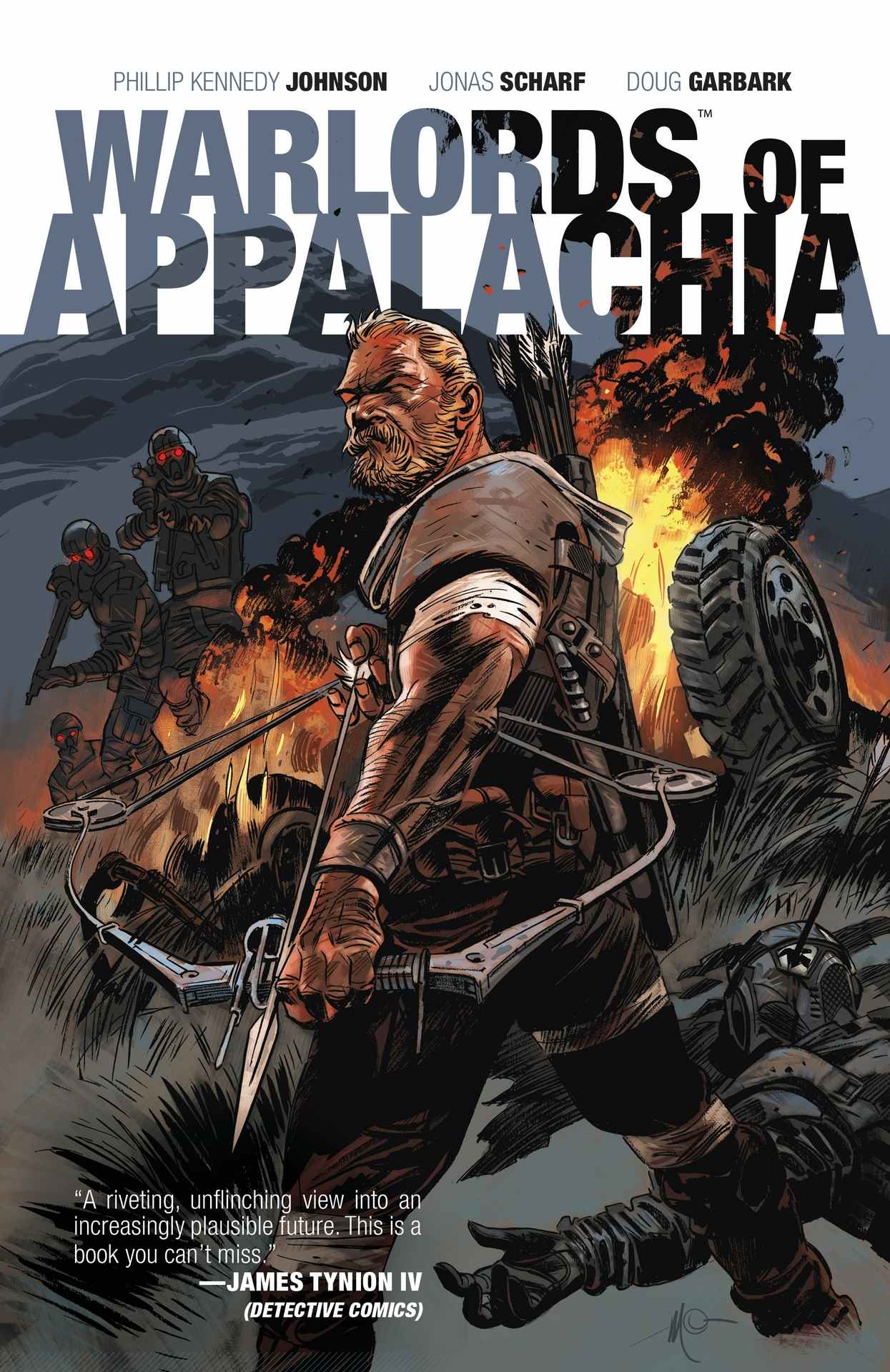 The dress rehearsal for the Presidential Inaugural Parade was this morning. It’s an honor to take part in events like this. The Army Field Band always leads the Army element of the parade, another great honor. At the end of my career, no doubt I’ll look back on these parades with pride, maybe even as a perk of the job. But it is a titanic undertaking and has an unthinkable number of moving parts and variables, of which the Field Band is only one.
The dress rehearsal for the Presidential Inaugural Parade was this morning. It’s an honor to take part in events like this. The Army Field Band always leads the Army element of the parade, another great honor. At the end of my career, no doubt I’ll look back on these parades with pride, maybe even as a perk of the job. But it is a titanic undertaking and has an unthinkable number of moving parts and variables, of which the Field Band is only one.
Today’s dress rehearsal was nothing less than a complete run-through of the entire parade. My colleagues and I left Ft. Meade at 3:30 a.m. in four buses. We were taken to the Pentagon, where everyone involved in the parade is screened by security. It’s quite a sight, especially in pre-dawn fog. If you’ve ever been to Disneyworld, imagine the line for Space Mountain takes up a square mile, and that every family in that line is driving their own bus, engine running. Then Goofy, Mr. Incredible, Grumpy Dwarf and Genie walk up and down the line, checking IDs with mag lights, guns and dogs.
When the Field Band buses made it through the line, we were driven to a drop-off point near the National Mall, the “Ready Area,” where we unpacked our instruments, checked each other’s uniforms and waited for further instruction inside an enormous tent. On Inauguration Day, the tent will be filled with tables and chairs and parade participants waiting to take their place in the formation. Today it was just an empty tent, where a few people ate whatever breakfast they brought with them.
At 7:00 a.m., the band was led from the “Ready Area” to the “Pre-Staging Area,” where we lined up in our pre-arranged parade formation. After some more waiting, we marched half a mile or so to the “Start Point.” We stood there for about an hour, the entire Army element lined up behind us, waiting for our turn to march out onto Pennsylvania Avenue. Eventually we led out the Army element, played some marches, rendered full honors to the spot where President Obama will be standing next Monday, walked back to our buses and went home, ready for next week.
But the parade wasn’t the most noteworthy part of the day. While we were still waiting at the Start Point, something way cooler happened.
When it become obvious we’d have some time to kill, some of us left the band to find a restroom. As is always the case with these things, nearly everyone on the street was in uniform. The entire parade route is lined with thousands of servicemen and women, and most of the people in the procession are also military. Everybody’s eyes are constantly darting around checking every stranger’s rank, making sure you give any Officers or superior NCOs their appropriate greeting. As I walked down the street, I passed a First Sergeant from one of the other Army units.
“Morning, First Sergeant,” I said, but before I’d gotten it all out I realized I recognized him. He recognized me, too, and just as quick. “Morning,” he said back, and then squinted at me. “I know you from somewhere.”
This particular First Sergeant used to be Drill Sergeant Christopher Tharp of Ft. Sill, Oklahoma, where I did Basic Training in 2005.
Each Soldier’s Basic Training experience is defined by their drill sergeants. Depending on who you speak to, Basic can be torturous, boring, endless, rewarding, brutal, easy or stressful, and the drill sergeants that oversee your training are the ones who make it so. My experience was the real deal, because my drills were, too. All hard men, seasoned combat veterans and fine teachers. First Sergeant Tharp is the first person from Basic I’ve seen since putting Ft. Sill in my rear-view mirror seven years ago. Sometimes called “Drill Sergeant Thor” by the privates, he was the most obvious bad-ass in a cadre of bad-asses, and my immediate favorite. To quote an over-used Army phrase, for many of us he was “what right looked like.”
I admit, Tharp did not suffer from an abundance of compassion, at least not that you’d see. Having him around usually meant a lot of PT, as he was constantly on the lookout for reasons to smoke us. But he also spent a fair amount of time on marksmanship, and on details that other teachers might overlook, such as prone posture and reloading. In some of the less frantic moments, he shared a lot of great information with us, and obviously cared about our welfare.
Getting to know all the other privates in Basic Training, I quickly learned that the Army finds its people in all walks of life. The people I trained with might have done something completely different with their lives, if only for one isolated decision or minute detail that led them to enlist. But nine weeks at Ft. Sill was enough to tell me that Christopher Tharp was right where he belonged, and I was proud to learn from him. If you’re reading this, First Sergeant, it was great seeing you, and thanks again. In a thousand alternate universes, you’re a Soldier in every one.

